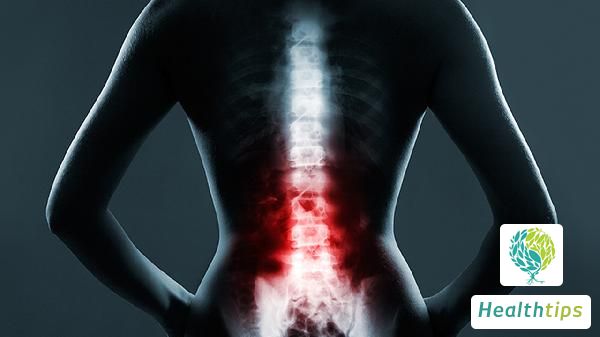Why Do My Legs Twitch Occasionally?
Leg cramps are a common phenomenon in life, often occurring during sleep. If you are overly fatigued, chilled, or calcium-deficient, leg cramps may also occur during the daytime. It is important to identify the cause and address it specifically to achieve significant improvement. Eating a diet rich in fresh fruits and vegetables and appropriately supplementing calcium can help prevent leg cramps.

Why do legs occasionally twitch?
1. Peroneal muscle spasms are often associated with calcium deficiency. Calcium plays a crucial role in the human body, not only as an essential element for bone formation, but also in maintaining normal metabolism and muscle contraction. Therefore, muscle spasms are often caused by calcium deficiency, and supplemental calcium intake can effectively improve the condition.
2. Cold exposure. During cold winter weather, insufficient clothing or exposing legs to the cold at night can easily cause leg muscle spasms. This is one of the reasons why leg cramps are more common in winter.
3. Incorrect sleeping posture. This is also a common cause of leg cramps. Improper sleeping positions can relax certain muscle groups, leading to "passive contraction" and triggering leg cramps.
4. Decreased estrogen levels. As age increases, the secretion of estrogen in the body decreases, leading to lower blood calcium levels, osteoporosis, and increased muscle excitability, which can cause muscle spasms and leg cramps.
5. Overexertion. Prolonged walking or exercise can lead to the accumulation of lactic acid in the muscles, triggering leg cramps. Additionally, excessive sleep duration can reduce blood flow and increase intracellular carbon dioxide accumulation, which can also lead to leg cramps.
What to eat to improve leg cramps
1. Fresh fruits and vegetables. These foods are rich in nutrients such as vitamins and calcium. Calcium is an important element involved in muscle contraction, and vitamins can promote calcium absorption. Therefore, regularly consuming fresh fruits and vegetables can replenish calcium and provide other nutrients that can help provide energy for the body.
2. Milk. Milk is a rich source of calcium that is easily absorbed by the body. Regular consumption of milk can effectively supplement calcium and provide numerous other nutritional benefits.
3. Animal liver. This type of food contains calcium levels comparable to or even higher than milk, and it is also easily absorbed. Additionally, liver is rich in vitamin D, which can promote calcium absorption. However, animal liver contains relatively high levels of cholesterol, so it should not be consumed excessively to avoid discomfort.



















